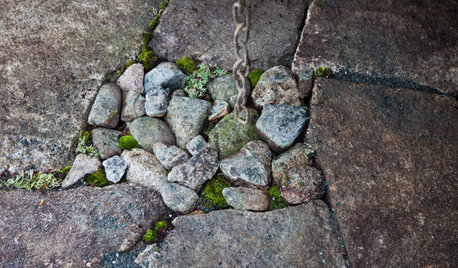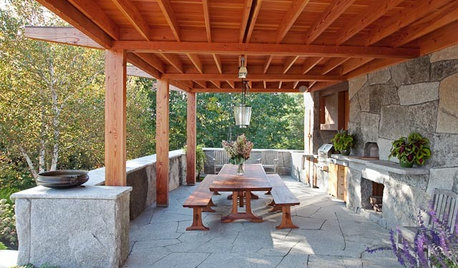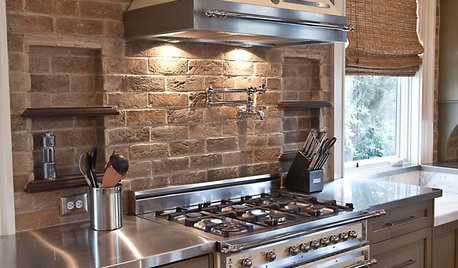How can I Split Granite Stones?
david12daniel
17 years ago
Featured Answer
Sort by:Oldest
Comments (33)
baymee
17 years agoRelated Professionals
Edmond Landscape Architects & Landscape Designers · Forest Acres Landscape Architects & Landscape Designers · Havre de Grace Landscape Architects & Landscape Designers · Milwaukee Landscape Architects & Landscape Designers · Owings Mills Landscape Architects & Landscape Designers · Medford Landscape Contractors · Belvedere Park Landscape Contractors · Longmont Landscape Contractors · Newnan Landscape Contractors · Painesville Landscape Contractors · University City Landscape Contractors · Asheville Decks, Patios & Outdoor Enclosures · Commerce City Decks, Patios & Outdoor Enclosures · Houston Decks, Patios & Outdoor Enclosures · St. Louis Decks, Patios & Outdoor Enclosuresbaymee
17 years agobaymee
17 years agoDrynDusty
17 years agodavid12daniel
17 years agobaymee
17 years agomaineman
17 years agobaymee
17 years agoDrynDusty
17 years agojs_ct
17 years agomaineman
17 years agobaymee
17 years agodoor
17 years agomaineman
17 years agomaineman
17 years agobaymee
17 years agodadgardens
17 years agomaineman
17 years agobaymee
17 years agoandyma_gw
17 years agomasiman
17 years agomaineman
17 years agomasiman
17 years agomaineman
17 years agoshriner
17 years agopjdbm
17 years agopjdbm
17 years agomaineman
17 years agopjdbm
17 years agopatentnonsense
17 years agodadgardens
17 years agoHU-468063210
3 years ago
Related Stories

LIFEThe Polite House: How Can I Tell a Construction Crew to Pipe Down?
If workers around your home are doing things that bother you, there’s a diplomatic way to approach them
Full Story
KITCHEN DESIGNAlternatives to Granite Countertops, Part II
Still looking for a new kind of countertop? Try sodalite, zinc, limestone, onyx and more
Full Story
PATIOSLandscape Paving 101: Some Reasons to Go for Granite
Thinking about a new patio or path? Invest in granite for its durability and low maintenance
Full Story
REMODELING GUIDESYour Floor: How to Find Right Stone Tile
Get the Pros and Cons of Slate, Travertine, Sandstone, Marble and Granite
Full Story
STONETuscan Travels Inspire a Granite Outdoor Kitchen in Maine
Serving up gourmet pizza and big views, this stone-laden cooking and entertaining space can cater to a crowd
Full Story
REMODELING GUIDES8 Natural Home Materials That Can't Be Beat
See how designing with natural stone, clay, wood and more can give a house luminosity, depth of color and lasting appeal
Full Story
CONTEMPORARY HOMESHouzz Tour: Split-Level Home Uses Every Square Foot
A staircase connects levels that share views and light. The result is separate rooms with an open-plan feeling
Full Story
KITCHEN DESIGNYes, You Can Use Brick in the Kitchen
Quell your fears of cooking splashes, cleaning nightmares and dust with these tips from the pros
Full Story
KITCHEN DESIGNTrending Now: 25 Kitchen Photos Houzzers Can’t Get Enough Of
Use the kitchens that have been added to the most ideabooks in the last few months to inspire your dream project
Full Story
PETS5 Finishes Pets and Kids Can’t Destroy — and 5 to Avoid
Save your sanity and your decorating budget by choosing materials and surfaces that can stand up to abuse
Full Story





david12danielOriginal Author